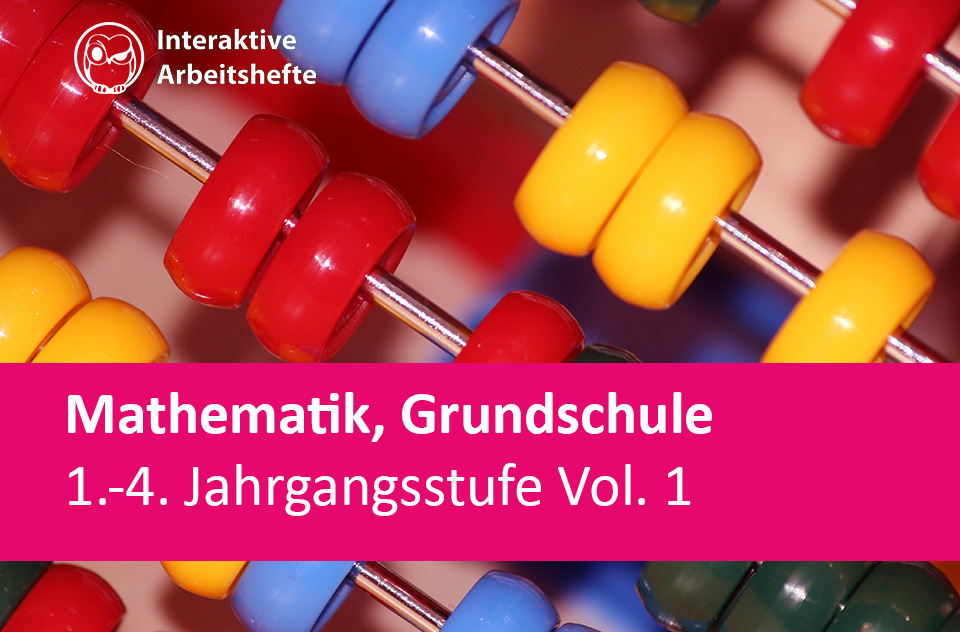
55502955
Sachaufgaben 3
In zehn interaktiven Aufgaben können verschiedene Lösungsstrategien für Sachaufgaben geübt werden.
Das Medium bietet H5P-Aufgaben an, die ohne zusätzliche Software verwendbar sind.
Durch interaktive Aufgabentypen wird das audiovisuelle und interaktive Lernen einfach.
Lernen macht jetzt Spaß!
Included Tasks
- I Wäsche waschen - Interaktive Aufgabe
- II Stühle zählen - Interaktive Aufgabe
- III Neue Schule; neues Glück - Interaktive Aufgabe
- IV Schwimmbad - Interaktive Aufgabe
- V Klassenwandern - Interaktive Aufgabe
- VI Rechengeschichten - Interaktive Aufgabe
- VII Schlaflos durch die Nacht - Interaktive Aufgabe
- VIII Das Schulturnier - Interaktive Aufgabe
- IX Gut Kirschen essen - Interaktive Aufgabe
- X Der Zoo-Besuch - Interaktive Aufgabe
Curriculum-centred and oriented towards educational standards
Matching
1.-4. Jahrgangsstufe, Vol. 1
In unserem Arbeitsheft Grundschule Mathematik 1.-4. Jahrgangsstufe, Vol. 1 finden Sie 50 interaktive und didaktisch aufbereitete Aufgaben.
Lerneinheit Mathematik 3/4
In 10 interaktiven Aufgaben beschäftigen sich die Lernenden mit Aufgabenstellungen bezüglich der Hundertertafel.






